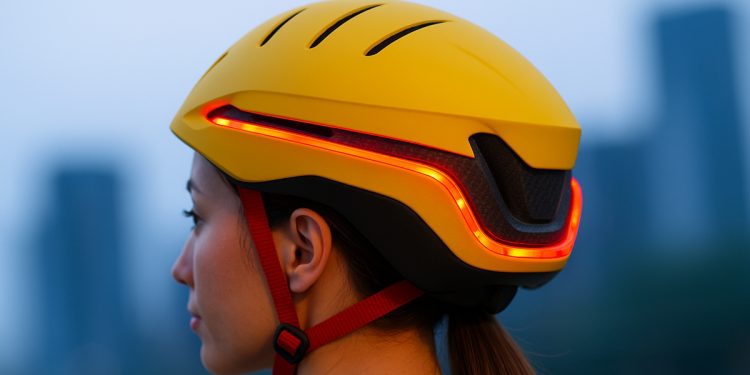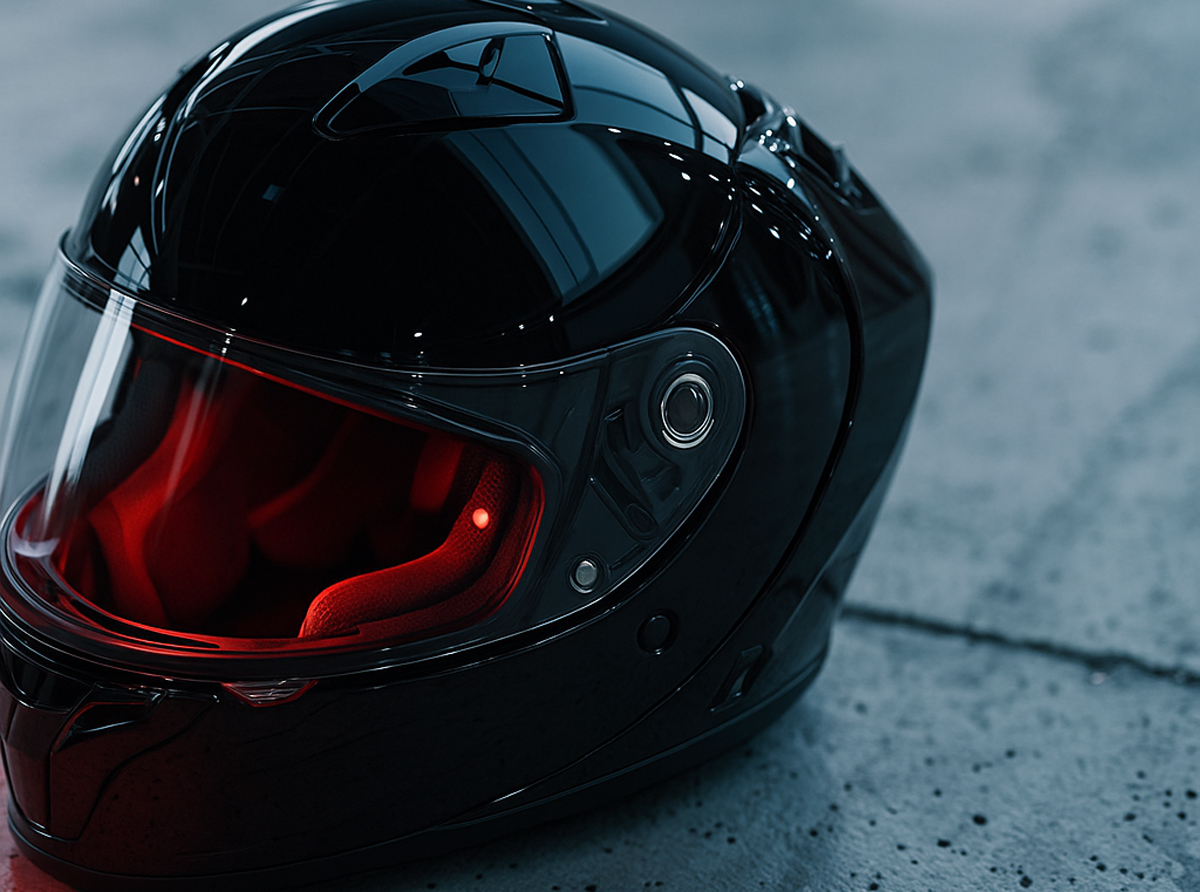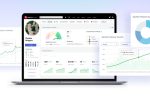Smart Helmets That Talk to Coaches in Real Time

Last season in the X-League, the Panasonic Impulse competed against the IBM BigBlue, and it wasn’t only the coaches that added excitement to the game’s sidelines. Players’ helmets streamed real-time metrics that were received on staff members’ tablets, showcasing helmet-to-table communications. In Japan, the football smart helmet marks a turning point in the evolution of sports by redefining the training, communication, and safety protocols of athletes.
In Japan, precision is embedded in their civilization; therefore, the combination with the coaching staff is not simply restricted to measuring heart rates. Wearable technology encompasses everything from the football field to rugby grounds and baseball diamonds.
The Tech Inside the Helmet
What makes these helmets “smart” isn’t just a chip tucked under the padding. It’s a sophisticated combination of accelerometers, gyroscopes, GPS units, and wireless transceivers working in harmony. In collaboration with major Japanese tech firms like Sony and NEC, several domestic teams have begun piloting helmets capable of two-way audio and data transmission. One standout prototype is the X-Guard S2, currently being trialed in Tokyo’s university football league.
These helmets not only collect motion and impact data but also allow sideline staff to speak to players through bone-conduction audio, a feature that caught the attention of MelBet analysts who track gear trends in performance sports tech.
A second wave of innovation focuses on combining audio feedback with gameplay intelligence. Smart helmets can analyze motion data on the fly and recommend micro-adjustments—speed up a pivot, shift body weight before contact, or ease intensity during risk-prone plays. With data routed in real time, coaches now operate like engineers.
Here’s a breakdown of what these advanced helmets are packing under the shell:
Core Features of X-Guard S2 Smart Helmet
| Feature | Functionality |
|---|---|
| GPS Tracking | Monitors player location and movement patterns |
| Bone-Conduction Audio | Enables real-time coaching without traditional speakers |
| Impact Detection Sensors | Detects and logs head trauma risk in real time |
| Live Biometric Sync | Tracks pulse, hydration estimates, and fatigue indicators |
| AI-Driven Playback Sync | Integrates helmet data into post-game video analysis tools |
The Impact on Coaching Strategy
Smart helmets aren’t just a performance upgrade—they’re transforming how coaches engage mid-play. The sideline is now a command center. Adjustments happen instantly, not after a timeout or during halftime.
Interestingly, some of these data-streaming features are now being mirrored in other sectors. Companies that build online slot interfaces are looking at the helmet’s real-time feedback systems to enhance user interaction, proof that the logic of smart play is becoming a model across digital design.
To understand how the shift plays out, consider these key benefits observed by coaches using smart helmets in training and matches:
Tactical Advantages of Real-Time Helmet Communication
- Faster Corrections: Coaches can call out adjustments as a play unfolds.
- Data-Based Decisions: Play-calling is informed by movement and health metrics.
- Replay-Integrated Coaching: Data overlays allow real-time syncing with live feeds.
- Discreet Communication: Bone-conduction audio avoids shouting and sideline chaos.
- Safer Gameplay: Immediate alerts help reduce concussion risks mid-action.
From the Field to the Fans
The impact is not limited to a single club. Some teams are working with telecom companies to deliver integrated helmet data to fans through mobile applications. Now viewers during X League broadcasts can track sprint speed, stamina decreases, and get fatigue alert notifications in real time. This is part of the broader, more proactive trend in Japan where innovation blends technology with entertainment like augmented reality baseball or interactive dashboards during sumo tournaments.
Providing these platforms with real-time data also enables scouts and analysts to gain valuable insights that can help identify talent and injury risks early, therefore enhancing early talent detection and risk assessment. For sponsors focused on performance analytics, this level of observability provides novel ways to engage with athletes beyond merely reducing them to a stat line.
While countries, such as the United States, continue perfecting the use and refinement of wearable technology through wider adoption, Japan’s emphasis on interactive biometrics precision is forging a one-of-a-kind path, blending cultural subtleties with high-tech.
What’s on the Horizon
Japan is advancing further with smart helmet technology. Both Panasonic and Kyocera are working on versions which include heads-up displays (HUDs) that let users view crucial gameplay instructions during play. At the same time in Osaka, R&D Labs are developing voice-responsive natural-language AI interfaces that function like Siri but geared for football’s fourth-and-long.
Even Olympic disciplines, such as archery and speed skating, are piloting systems that combine gaze tracking with breathing rhythm biofeedback. With continued support from the government, Japan is turning to the Sports-tech innovation ecosystem which will result in smart helmets transforming into personal coaching systems that give real-time data and analyses while preserving the safety of the athlete.
In the context of Japan’s dual fascination with sport and engineering, the smart helmet is no longer a mere gadget. It is fast becoming an essential piece of equipment.










